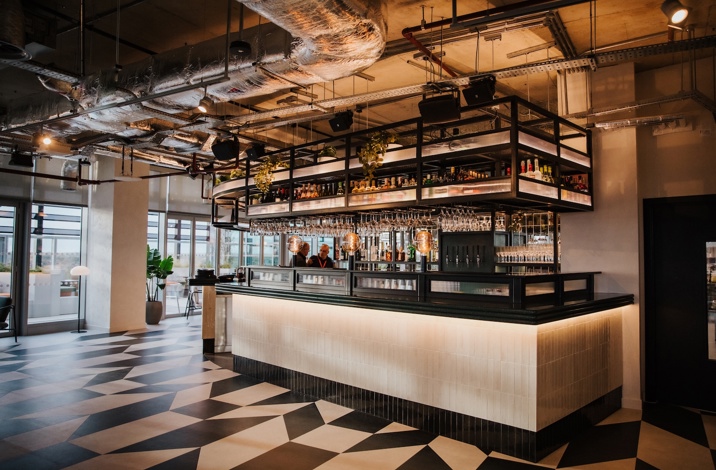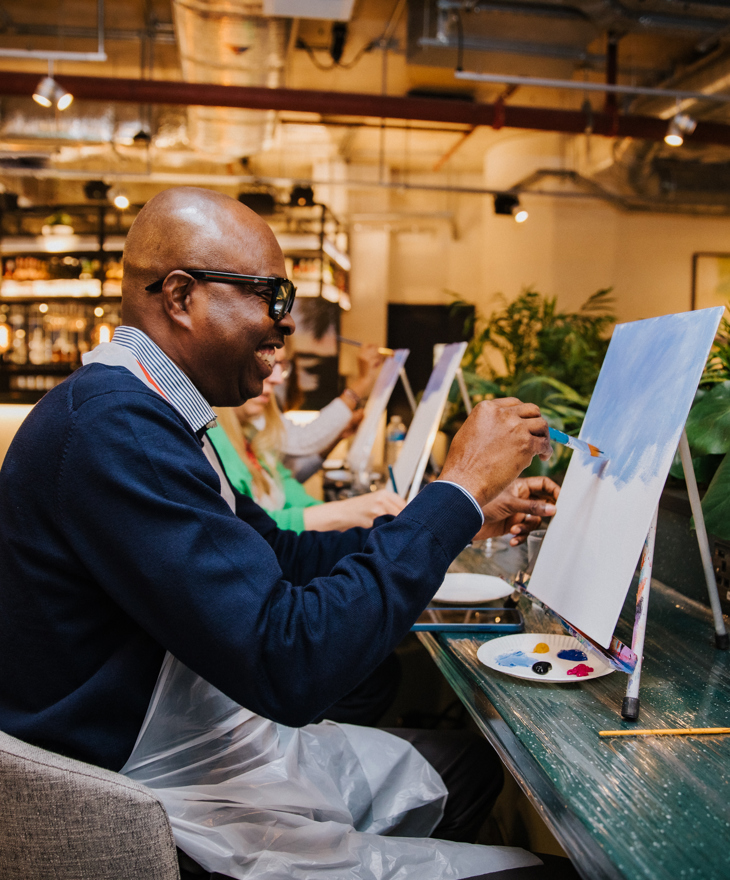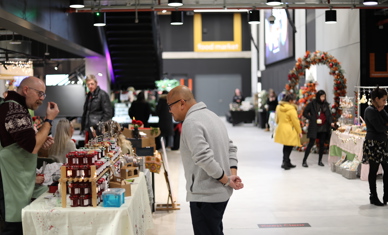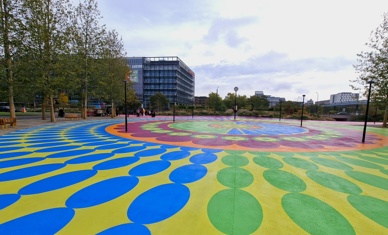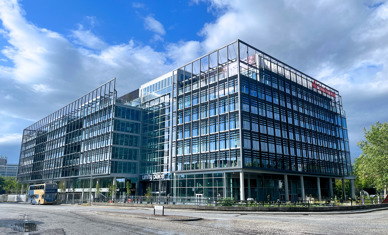- 02.10.25
We’re delighted to share this special guest article from Susan Popoola, a purpose-driven leadership consultant, author, and speaker whose work focuses on creating harmony, impact, and legacy. Susan is a familiar face here at Unity Place, often working from our x+why space and engaging with our community.
With her deep-rooted belief in human value, Susan champions what she calls the Mosaic World — a vision where everyone is valued for who they are and what they contribute. Recently, she was recognised as a Black Female Pioneer by Milton Keynes City Council for her outstanding contributions.
We’d like to thank Susan for sharing her reflections as part of our Black History Month celebrations. Don’t forget to visit the digital display at Unity Place, which features a striking portrait series of Black British icons to complement Susan’s article below.
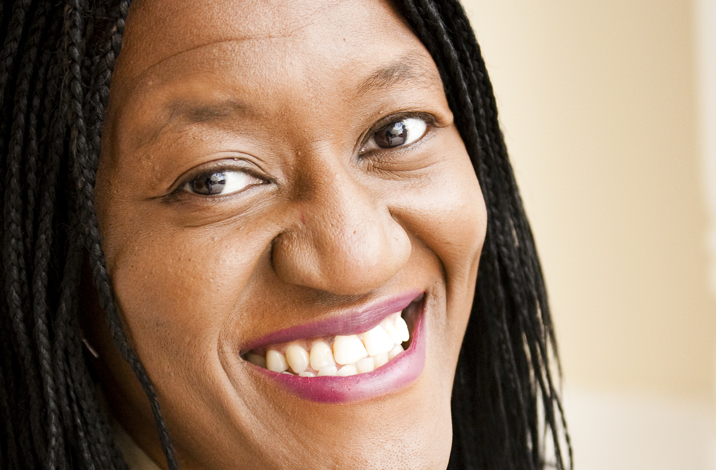
Standing Firm Together in Power and Pride
The theme for this year’s Black History Month is “Standing Firm in Power and Pride”. I’ve decided to slightly reposition the title to Standing Firm Together in Power and Pride, because I know that while success belongs to the beholder, no true success is achieved in isolation, but rather in partnership with others. This aligns closely with the Milton Keynes Business Achievement Awards theme for the 2026 Awards – The Power of Partnerships: Come together to achieve more.
It is also a reminder that while Black History Month is a celebration of Black Britain, it is ultimately about all of us, Black people alongside everyone else, creating what I refer to as a Mosaic World, a world in which everyone is valued for who they are and what they have to offer. We all come together to create something beautiful, just like a mosaic artwork, bound by our common values, purposes, and interests that serve as the glue.
Black Britons have always been an integral part of Britain. Contrary to what some may think, Britain has had a black population dating back to the Roman period. Archaeological findings show that people from North Africa were present in Roman Britain with African born soldiers stationed here. Buried in York in the 4th century was the “Ivory Bangle Lady.” There are also references of Africans in chronicles associated with courts, trade, and churches during Medieval times with port towns like Bristol, London and Southampton recording African individuals as musicians, servants and members of merchant households.
Britain’s black population became more visible in Tudor and Stuart England (the 16th and 17th centuries). By the late 18th century, it’s estimated that there were between 15,000-20,000 Black people in London alone.
However, when we speak of Black British history, we typically think of the period beginning with the arrival of the HMT Empire Windrush at Tilbury Docks in Essex on 22nd June 1948. The ship carried passengers from the Caribbean who had been invited to the motherland to help rebuild Britain after the war. We then reflect on descendants of the Windrush generation and those who followed, highlighting contemporary figures such as Baroness Doreen Lawrence, Diane Abbott, Benjamin Zephaniah, Linton Kwesi Johnson and Archbishop John Sentamu.
I’m glad that this year’s Black History Month includes a featured portrait series of Black British Icons which will be displayed prominently at Unity Place, giving visitors the chance to engage with powerful images and stories in a shared community space. These portraits span from the Windrush era onwards while also shining a light on earlier figures such as Mary Seacole, Olaudah Equiano and Princess Ademola. By hosting this series, Unity Place becomes more than just a venue, it becomes a living gallery where Black history is brought to life, and I’m looking forward to exploring this.
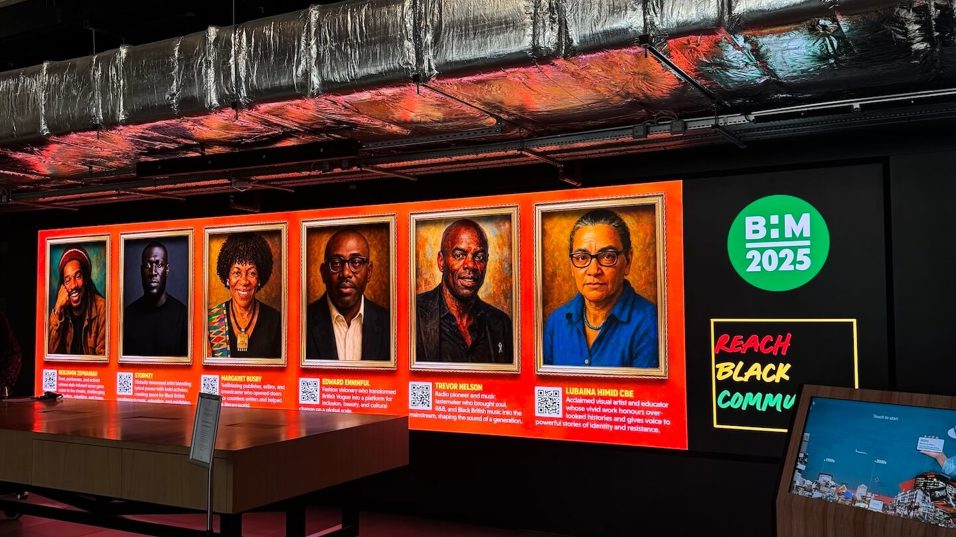
At a time when Britain seems fractured, with constant debates around immigration, this series is a powerful way to demonstrate the integral part that Black Britain has played in the country’s development and progress across all aspects of life. It also provides an opportunity to open up conversations with Black colleagues and peers in your environments and spheres of influence to find out more about their backgrounds and experiences.
There’s a significant and growing number of black people in Milton Keynes, in fact, it’s one of the most diverse parts of the country. In spite of our numbers, we are not always visible particularly in prominent or leadership positions. It was therefore nice to go to the International Festival and see 22-year-old, local poet, Maureen Onwunali perform on stage. It was also great to see Frederick Afrifa, on this year’s The Apprentice. There are, however, many more people of colour who are just as capable as anyone else, but whose potential is not yet fully realised.
Black History Month gives us the opportunity to reflect, have meaningful conversations, and decide on actions we can take, individually and collectively to ensure that in years to come, future generations will be able to talk about Black people around us who have made a positive impact on the world alongside everyone else.
The conversations and actions required may not always be easy, especially if you believe that everyone is the same with the same opportunities. That’s why it’s crucial to use this month to explore Black British history through the displays and accompanying stories. Doing so helps you better understand the experiences of Black people today and the barriers they may face.
Authentic communication is key, sharing thoughts and feelings openly and honestly. This may start with you being open about your own background and experiences in order build trust and psychological safety before asking questions. Conversations are much easier if you’ve done some background research, which the displays can help with. This preparation means you can ask thoughtful, curious questions to deepen your understanding rather than coming from a place of pure ignorance.
Sometimes, the most powerful thing you can do is simply listen to understand. Every individual’s experience is unique. What matters most is the action you take once you’ve gained that understanding. If you do nothing in time, or act without a real understanding, there is a risk that you may come across as performative. It’s important, and could even be fun, to work collaboratively, involving others and your wider team in a genuine and constructive way.
Ultimately, I hope you enjoy the experience, learn something new, and take meaningful action. Unity Place will be at the centre of this celebration, from the striking portrait displays to the vibrant conversations they inspire, and even the special food stalls showcasing Black British cuisine.
Susan Popoola, Human Value Optimisation, www.MosaicFusions.com
Susan will be running a leadership event titled, Engaging for Impact, at x+why on the 23rd October.
This October at Unity Place
- Food Market Special
Discover our exciting new pod and taste the rich African and Caribbean-inspired Black History Month menu – a flavour journey not to be missed. - Digital Displays
Explore inspiring stories on our large screens. Simply scan the QR codes to dive deeper into the remarkable lives and achievements of Black historical figures.
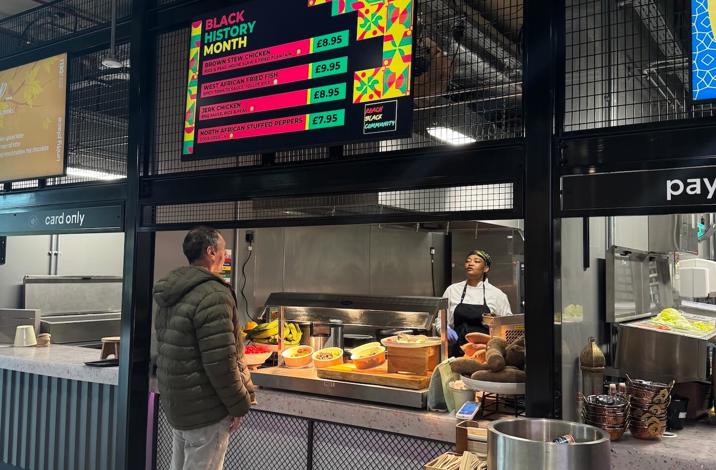
- Quiz Night in the Sky Lounge
Put your knowledge to the test at our legendary quiz night – this month with a Black History twist. Gather your team and get ready for some fun, thought-provoking questions. - Sip ’n’ Paint Evening
An evening of creativity, culture, and connection. Expect uplifting music, bold colours, and expressive flair while you sip, paint, and celebrate.
Come together, be inspired, and celebrate the richness of black history and culture – all month long at Unity Place.
